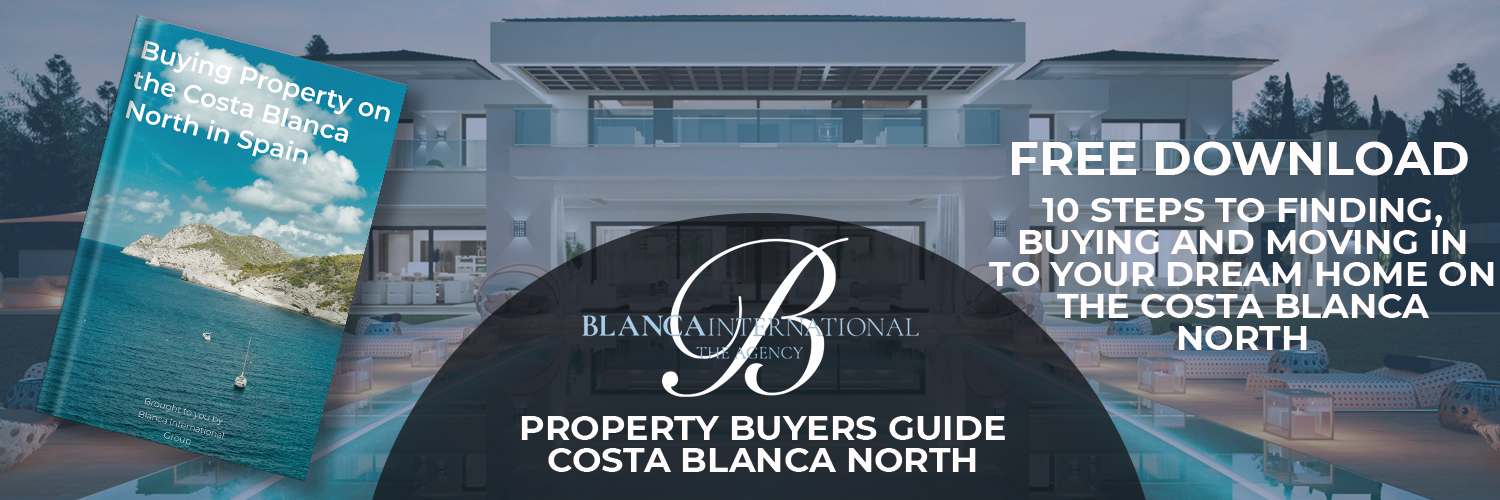If you thought the 25th of December would be the highlight of Christmas in Javea – think again.
In Spain, the fiesta of the Three Kings (Los Reyes Magos) is celebrated between 5th-6th January. For children and families alike it is undoubtedly the biggest event of the winter.
Below you’ll find out how to get in on the action.
Also read: Javea Festivals
When is the Three Kings festival in Javea?
The Three Kings arrive on 5th January – 6th January is a national holiday.
Where is the Three Kings festival in Javea?
Between the port and the old town of Javea.
What’s the highlight of the Three Kings festival in Javea?
Children will love watching the arrival of the Three Kings by boat, and catch the sweets they throw while parading from the port to the old town of Javea.
The Spanish Christmas – Javea’s festival of the Three Kings
To any protestant or citizen of an English-speaking country, the giving of presents on the eve of 6th January seems odd.
But in actual fact it makes the most sense of all.
The day commonly known as Epiphany is celebrated as the day the Three Wise Men (or The Three Kings) visited the baby Jesus, as he lay in a manger in a stable in Bethlehem. This day is 6th January – which the Gospel according to Matthew says featured gifts of gold, frankincense and myrrh.
Spain has been celebrating this day by giving gifts to children since at least the 1800s.
Christmas Day – 25th December – is instead a day reserved for get-togethers with the family accompanied by traditional meals (usually a lot of them).
Now you know a little more, it makes sense to give gifts on 6th January, right?
This is the case across most of the Spanish-speaking world. And in Spain itself, it’s usually a much grander affair that sees people in towns across the country join in on the parades, pass their young children up to be kissed by the Reyes Magos on horseback or camels, and then enjoy a meal out with the whole family.
The festivities are typically accompanied by traditional music, nativity plays and fireworks.
Oh – and you’ll also see a lot of round, hollow cakes going around. These are called the Roscón de Reyes. Typically they contain a figurine of a king inside as well as a hard bean. Whoever gets the king in their slice is the ‘rey’ for the day; whoever gets the bean has to pay for next year’s roscón!
What to expect during the Reyes Magos festival in Javea
From 26th December, you’ll notice red post boxes popping up across Javea.
These are for children to post their cards with their present wishlists. Royal pages will also turn up at the Mercat Municipal in the old town as well as the Mare de Deu de Loreto church in the port to give tokens to children, and hear their excited present requests.
On the eve of Epiphany (5th January) at 5pm the Three Kings finally arrive in Javea. Except that here, Melchior, Gaspar and Balthazar arrive on a decorated fishing boat in the port where they’re met by the royal pages and baskets full of boiled sweets.
The Reyes Magos then parade through the port as they throw these sweets into the crowds of excited children.
Parents will also pass very young children up to receive a kiss from one of the Wise Men.
The first port of call will be a stage where the Reyes Magos join a live nativity scene, and bless the baby Jesus followed by fireworks. After this over, at around 7pm the Reyes Magos walk up past the Asilo Hermanos Cholbi to the Placeta del Convent where there’s yet another stage.
Families will then eat out, and often give gifts to their children there and then.
The tradition, however, is to leave gifts under a Christmas tree or inside a pair of polished shoes left by the window. If they’ve been good, that is – if children have been naughty, they’re threatened with only getting a lump of coal in their shoes.
The next day, 6th January, is a public holiday in Spain.


